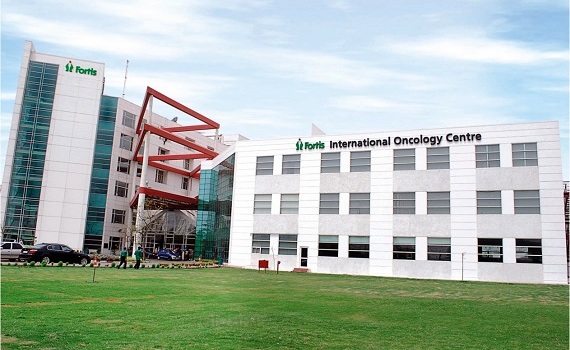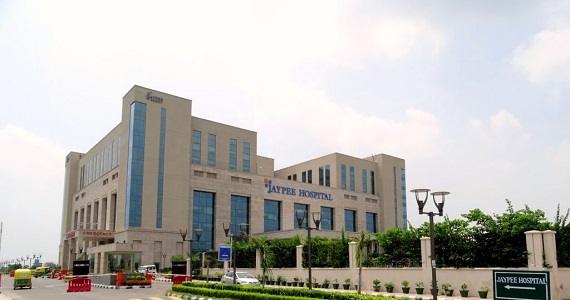Turbinoplasty Treatment in India
treatment
starting from
Overview
Turbinoplasty, also known as nasal turbinate surgery, is a surgical procedure performed to alleviate breathing difficulties caused by enlarged or swollen nasal turbinates. The nasal turbinates are structures inside the nose that help filter, humidify, and warm the air as it enters the respiratory system. However, when they become swollen due to allergies, chronic sinusitis, or other nasal conditions, they can obstruct airflow, leading to nasal congestion and breathing problems. Turbinoplasty aims to reduce the size of the turbinates, improving nasal airflow and providing relief to patients suffering from nasal obstruction. This article provides a comprehensive overview of turbinoplasty, including its introduction, symptoms, causes, treatment, benefits, cost in India, and its significance in addressing nasal breathing difficulties.
Introduction to Turbinoplasty:
Turbinoplasty is a surgical procedure designed to address nasal breathing difficulties caused by enlarged or swollen nasal turbinates. The turbinates are bony structures covered with mucous membranes inside the nasal passages. When they become inflamed or enlarged due to allergies, chronic sinusitis, or other nasal conditions, they can obstruct the flow of air through the nose, leading to symptoms like nasal congestion, difficulty breathing, and a sensation of stuffiness. Turbinoplasty aims to reduce the size of the turbinates, improving airflow and restoring normal breathing.
Symptoms of Nasal Turbinate Enlargement:
Enlarged nasal turbinates can cause a range of symptoms, including:
- Nasal Congestion: Difficulty breathing through the nose due to the blockage caused by swollen turbinates.
- Chronic Nasal Obstruction: Persistent difficulty breathing, particularly in one or both nostrils.
- Postnasal Drip: Mucus dripping down the back of the throat, leading to throat irritation and cough.
- Snoring: Turbinate enlargement can contribute to snoring and disrupted sleep patterns.
- Sleep Disruption: Breathing difficulties during sleep can lead to poor quality sleep and daytime fatigue.
- Recurrent Sinus Infections: Swollen turbinates can obstruct sinus drainage, increasing the risk of sinus infections.
Causes of Nasal Turbinate Enlargement:
Several factors can lead to the enlargement of nasal turbinates, including:
- Allergies: Allergic rhinitis, caused by allergens like pollen, dust mites, or pet dander, can trigger inflammation of the nasal turbinates.
- Chronic Sinusitis: Recurrent or long-standing sinus infections can result in persistent nasal turbinates swelling.
- Environmental Irritants: Exposure to irritants such as cigarette smoke, air pollution, or strong odors can lead to nasal inflammation.
- Hormonal Changes: Hormonal fluctuations during pregnancy or menstruation may cause temporary nasal congestion.
- Weather Conditions: Dry or cold air can contribute to nasal irritation and turbinate swelling.
Treatment:
- Turbinoplasty: Turbinoplasty is typically recommended for patients who have not responded to conservative treatments, such as nasal sprays, antihistamines, or decongestants. The surgical procedure is usually performed under local or general anesthesia and involves the following steps:
- Preoperative Evaluation: Before the surgery, the patient's medical history and a nasal examination are conducted to determine the cause and extent of the turbinate enlargement.
- Surgical Procedure: The surgeon makes small incisions inside the nose and carefully removes or reshapes a portion of the turbinate tissue.
- Techniques: Various techniques can be used in turbinoplasty, including submucosal diathermy, radiofrequency ablation, and partial turbinectomy.
- Postoperative Care: After the procedure, patients may require nasal packing or splints to support the healing process. Pain management and nasal care instructions are provided for a smooth recovery.
Benefits of Turbinoplasty:
Turbinoplasty offers several benefits for patients suffering from nasal breathing difficulties:
- Improved Nasal Breathing: The procedure aims to reduce turbinate size, improving nasal airflow, and alleviating nasal congestion.
- Symptom Relief: Turbinoplasty can provide relief from chronic nasal obstruction, postnasal drip, and snoring, leading to improved sleep quality.
- Minimally Invasive: Many turbinoplasty techniques are minimally invasive, leading to shorter recovery times and reduced postoperative discomfort.
- Long-Term Results: In many cases, turbinoplasty provides long-lasting relief from nasal breathing problems.
- Improved Quality of Life: Patients experience an enhanced quality of life with better nasal airflow and reduced nasal symptoms.
Cost of Turbinoplasty in India:
The cost of turbinoplasty in India can vary depending on factors such as the surgeon's experience, the hospital's reputation, the type of anesthesia used, and the extent of the surgery. On average, the cost of turbinoplasty in India ranges from ?40,000 to ?1,00,000 or more.
Conclusion
Turbinoplasty, also known as nasal turbinate surgery, is a surgical procedure designed to address breathing difficulties caused by enlarged or swollen nasal turbinates. The procedure aims to reduce the size of the turbinates, improving nasal airflow and providing relief to patients suffering from nasal obstruction and congestion. Turbinoplasty offers several benefits, including improved nasal breathing, symptom relief, minimally invasive techniques, long-term results, and an enhanced quality of life.
For patients experiencing chronic nasal congestion or breathing difficulties that have not responded to conservative treatments, turbinoplasty may be an effective and beneficial option. India offers advanced medical facilities and experienced healthcare professionals, making it a viable destination for patients seeking high-quality and cost-effective nasal turbinate surgery. As with any surgical procedure, it is essential for patients to undergo a thorough evaluation and discuss the potential risks and benefits of turbinoplasty with their healthcare provider before making a decision.
How It Works
Need help in organizing medical travel to India?









